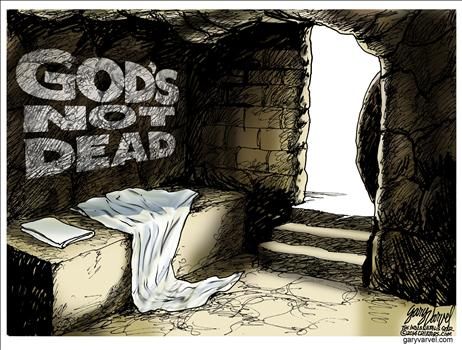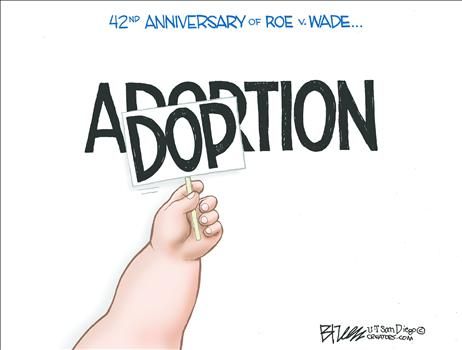
I don’t remember what I wished for as I was turning 12, though if I had to guess I would wager power ranger action figures were on the top of the list. It’s quite possible I even received them, and if life went on as normal for a 12 year old girl, that would be the end of the memory. But life doesn’t usually follow the path we anticipate, so on the occasion of my twelfth birthday, my mother was diagnosed with stage four ovarian cancer and told she had six months to live.
I lived in Oregon until I was 18, which meant that my mother, my beautiful, intelligent, kind, caring, and, now incredibly sick, mother, had the option to have her doctor prescribe her suicide pills instead of healing medication. Her healer could legally become her executioner.
Something strange happens when you grow up in an atmosphere where killing oneself can, in some circumstances, be celebrated, even encouraged as a positive option. How does the child navigate a society that on one hand grieves suicide victims and cries that it gets better, while on the other hand silently agreeing that some lives aren’t worth living and that suicide would be the best option available. How does one learn which lives are worth saving and which aren’t?
Perhaps the most telling of all: We ask that question as though we have any right to determine the answer. At the heart of the assisted suicide debate is a very simple question: who decides who we mourn?
We mourn the 18 year old girl, who, grief-stricken with loss and heartbreak and feeling a thousand pinpricks of pain each time she thinks of the boy who broke her, chooses to take her own life to stop the pain.
We don’t mourn the 51 year old woman who is diagnosed with cancer and sees her days ahead dwindling down.
There are two suicide hotlines now: One for the suicides society deems frivolous, intended to calm the scared person on the other end, and one for the suicides society deems allowable, connecting a scared patient to a physician who has revoked his most sacred duty to heal.
Whom do we mourn?
Consider for a moment that you’re walking across a bridge. As you do, you see a person getting ready to jump with a sign next to them with their reason for ending their life. Do you read the sign? Should the sign matter? Or do you allow instinct to kick in and reach for them with loving and compassionate arms, holding them back from the eternal decision they are about to make. When we stop to read the sign, stop to consider that their reasons might be “good enough,” we fancy ourselves judge and jury, wise and knowing. We start to believe we have a right to make a value judgement about someone else’s life, even when not invited to do so.
So what should our response be to suffering? As a culture do we reach a helping hand to our neighbor on the bridge? Or do we redefine “helping” as pushing them off? Do we even pretend to ourselves that pushing them is the “compassionate” thing to do?
Our laws reflect the society we want to be; when legislation is introduced that would radically change the roles of our doctors, and egregiously redefine compassion in our culture, we must be willing to stand up and talk about the things that pain us the most.
My mother could have killed herself in a manner that was legally sanctioned. But she did not.She could have believed her six month diagnosis and succumbed to the fear of future pain, or the fear of being a burden on her family. She could have felt that the best option was to not rack up medical debt for the sake of maybe only a few months.
But she knew what we all know deep down: We don’t know the hour or minute of our death. She knew that it was possible to be killed by a bus on the way to pick up the suicide pills. Unlikely, sure, but possible. Would society have mourned her then?
But she chose to face her last days with grace and dignity. She knew that dignity was not to be found in ending her own life, or asking her doctor to be complicit in her death. She did not live for just six months. Despite the prognosis, she lived on for nearly four more years.
For much of that time she was very ill. Death isn’t pretty, and it would be ludicrous to put a happy face on the pain of seeing someone you love with your whole heart wasting away.
But she wasn’t just ill, and she wasn’t defined by her cancer. I remember the moments of her death. But I also remember seeing her hold her grandson who was only a few months old when she passed away. I remember her being at my 8th grade graduation. I remember taking day trips with her exploring our beautiful state. I remember laughter and joy. And I remember her laying on the couch with her head in my lap as I rubbed her forehead, hoping the headaches would go away.
We care for each other through the dark times- we don’t pretend the dark times don’t exist. How do we measure our society if not by the way in which we treat our most vulnerable?
I would give anything I have for just another five minutes; the idea of having lost a single second due to deadly drugs is beyond my comprehension.
So whom do we mourn? Why do we mourn Robin Williams but celebrate Brittany Maynard? And why do we think we have a right to decide who is worth saving? Supporters of legalized doctor-prescribed suicide have bastardized what dignity truly means. By attempting to redefine suicide as dignity they mock the deaths of those who have met their end without seeking to hasten it through deadly pills.
Assisted suicide laws target the most vulnerable population among us. The sick and dying need our support, not killing repackaged as compassion. Killing will never be healthcare.
[bold, italics, and colored emphasis mine]
LifeNews Note: Jessica Rogers is a life-long pro-life activist, writer, and speaker, blogging at inthepursuitoflife.com






No comments:
Post a Comment